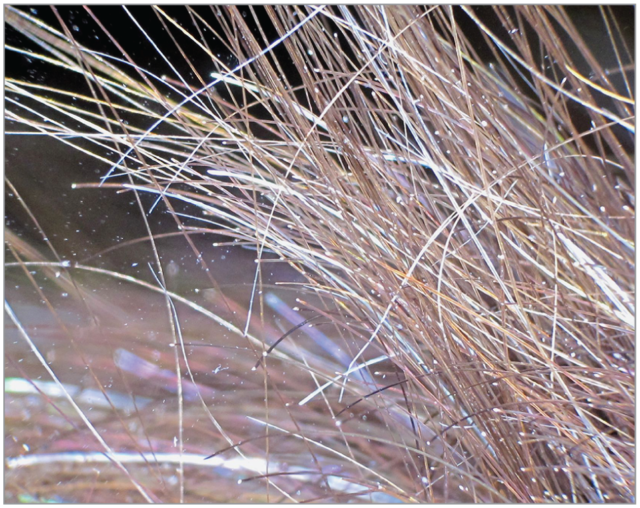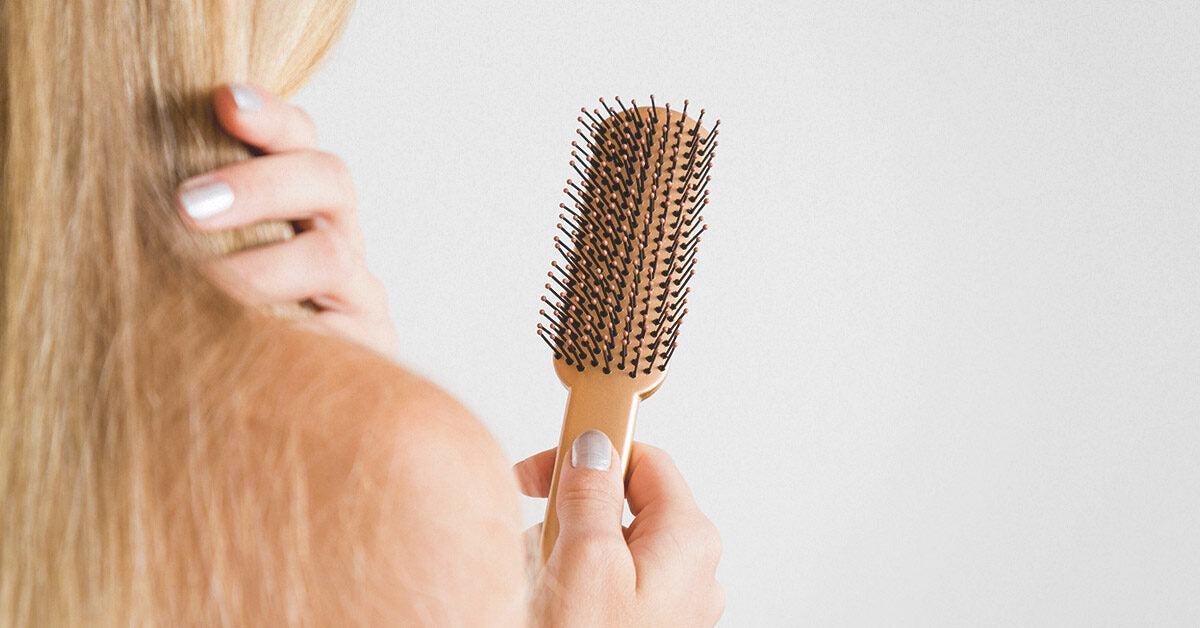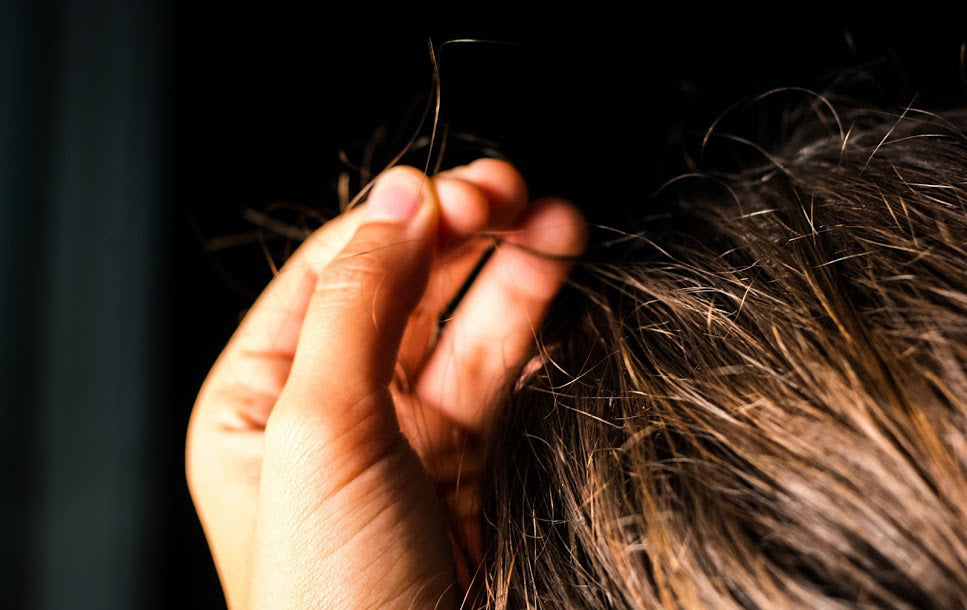Trichorrhexis Nodosa (Trichorrhexis Nodosa) is a common anomaly of the hair shaft . It is characterized by the presence of nodules in the hair strand which cause hair breakage and alopecia.
It primarily affects the scalp hair, but eyelashes, eyebrows, and pubic hair can also be affected.
Under the microscope, Trichorrhexa Nodosa is characterized by small cracks on the hair shaft from which several fibers emerge that resemble two brushes pushed against each other in opposite directions.
What is Trichorrhexia Nodosa?
Trichorrhexia Nodosa is a very common hair problem that affects the hair shafts of the scalp. The hair shafts show the presence of tiny nodules which are fragile regions on the shaft and cause the hair to break easily.
- These whitish-yellow nodules are randomly distributed along the hair shaft, they make the hair fragile and prone to breakage easily.
- This defect can be hereditary and the condition manifests itself during the first year of birth of affected children. It is transmitted in an autosomal dominant manner. The other, more common cause is the acquired type, where some physical and chemical stress to the hair causes trichorrhexia nodosa.
Some of the physical factors responsible for damaging the hair shaft are excessive combing of hair, straightening and perming, blow-drying, use of high temperatures, and prolonged exposure to ultraviolet rays.
Likewise, chemical trauma such as excessive contact with salt water, excessive use of shampoos, bleaching, and use of sprays on the hair make the hair shafts susceptible to developing this disorder.
Trichorrhexia Nodosa is also seen along with many other syndromes and conditions like Netherton syndrome, Menke's frizzy hair syndrome, iron deficiency, ectodermal dysplasia (aberrant growth and development of hair, skin and nails) and hyperthyroidism has also been associated with this condition.
Also discover Trichorrhexis Invaginata !
Background of Trichorrhexia Nodosa
Trichorrhexia Nodosa was first described by Samuel Wilks in 1852. It is a common condition, more common in people of African descent due to their particular hairstyle methods.
Trichorrhexia Nodosa is characterized by nodules on the hair shaft, which vary in number and are randomly placed. These are the weak points from which hair breakage occurs. Persistent trauma to the hair strands leads to this hair shaft defect.
Trichorrhexis nodosa is primarily seen in hair on the scalp that has been exposed to trauma, but sometimes hair in other areas of the body is also affected due to a structural abnormality that makes the hair fragile.
Causes of Trichorrhexia Nodosa
The causes of Trichorrhexia Nodosa can be hereditary or acquired. Mutations in specific genes cause structural deformation of the hair shaft, making it weak and brittle. (Read the article on hair structure )
These areas of weakness then develop into characteristic nodules that make the hair shaft susceptible to breakage easily. The most common cause of this disorder is acquired, meaning external trauma and stress to the hair strands can make them susceptible to breakage.
This physical stress includes excessive heat treatment, blow-drying, or chemical treatment of the hair. Trichorrhexis nodosa can also be triggered by other conditions like iron deficiency, hypothyroidism, argininosuccinate aciduria (excessive buildup of ammonia in the blood), and Menke's frizzy hair syndrome.
Symptoms of Trichorrhexia Nodosa
- The most distinctive symptom of trichorrhexia nodosa is brittle hair that breaks easily.
- White speckles and nodules are also seen on the hair shafts, varying in number.
- Another symptom of this abnormality is dull hair and the inability to grow long hair.
- Split ends are often seen on the hair shaft .
Trichorrhexis nodosa is often associated with other syndromes such as Menke's frizzy hair syndrome, accumulation of ammonia in the blood, iron deficiency, hyperthyroidism and ectodermal dysplasia.
Common symptoms of trichorrhexia nodosa include,
- Brittle hair that breaks easily
- Presence of white nodules on the hair
- Dull hair
- Reduced hair growth
- Distorted ends on the hair shaft
Diagnosis of Trichorrhexia Nodosa
The diagnosis of trichorrhexis nodosa is made using a microscopic examination. A strand of hair is removed and examined under a microscope to detect the characteristic whitish nodules. Sometimes a skin biopsy is done to check for genetic mutations. Trichoscopy is a recent diagnostic approach to study trichorrhexis nodosa.
Trichoscopy uses a videodermascope which then examines the hair as well as the scalp. This method makes it possible to observe the preliminary characteristic of two brushes pushed against each other in opposite directions. This is a non-invasive method that does not involve plucking or cutting strands of hair. This is a very reliable and easy method to diagnose trichorrhexis nodosa and whipworm.
Discover tricholasia , a disease very similar to trichorrhexis nodosa!



